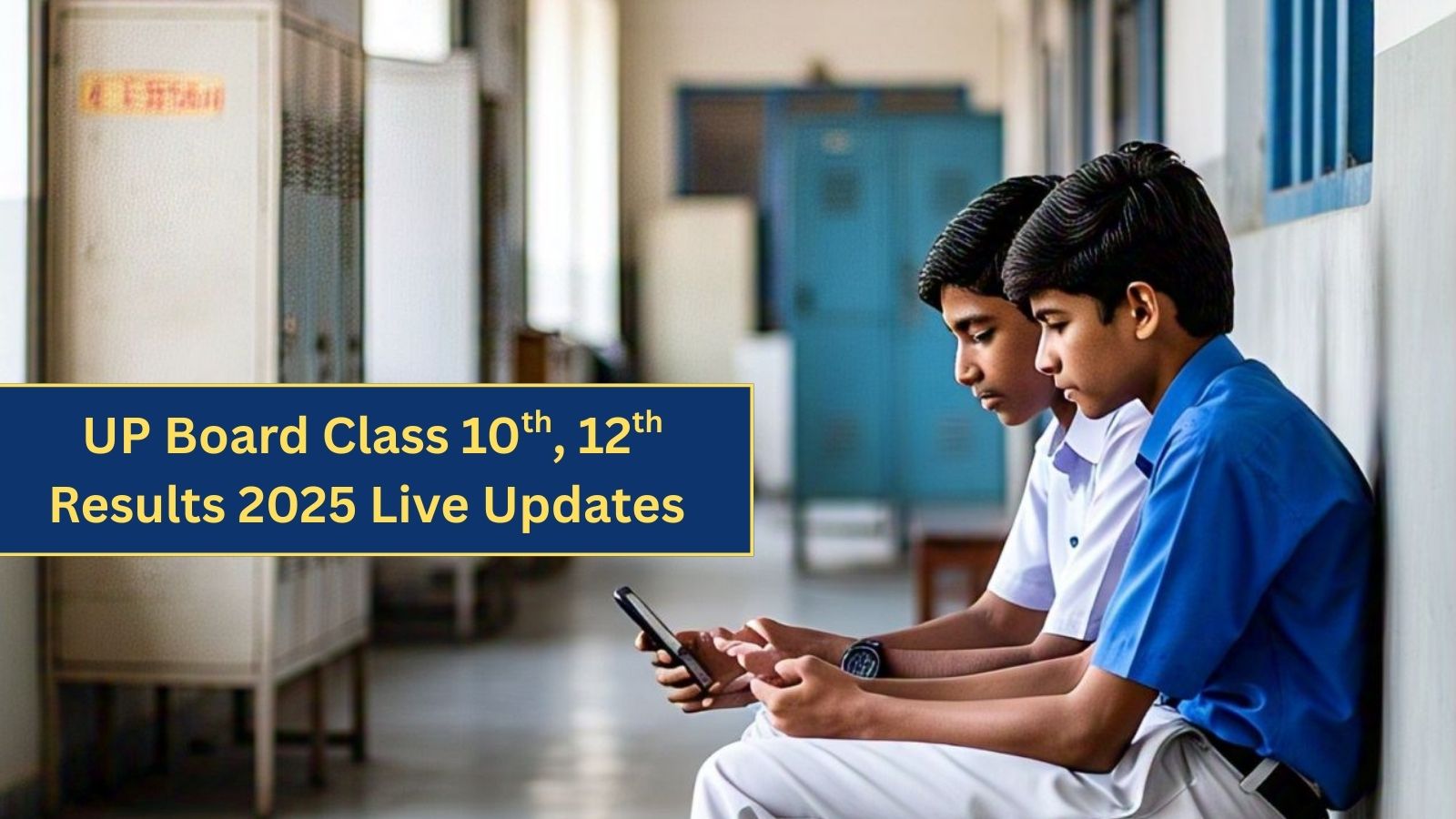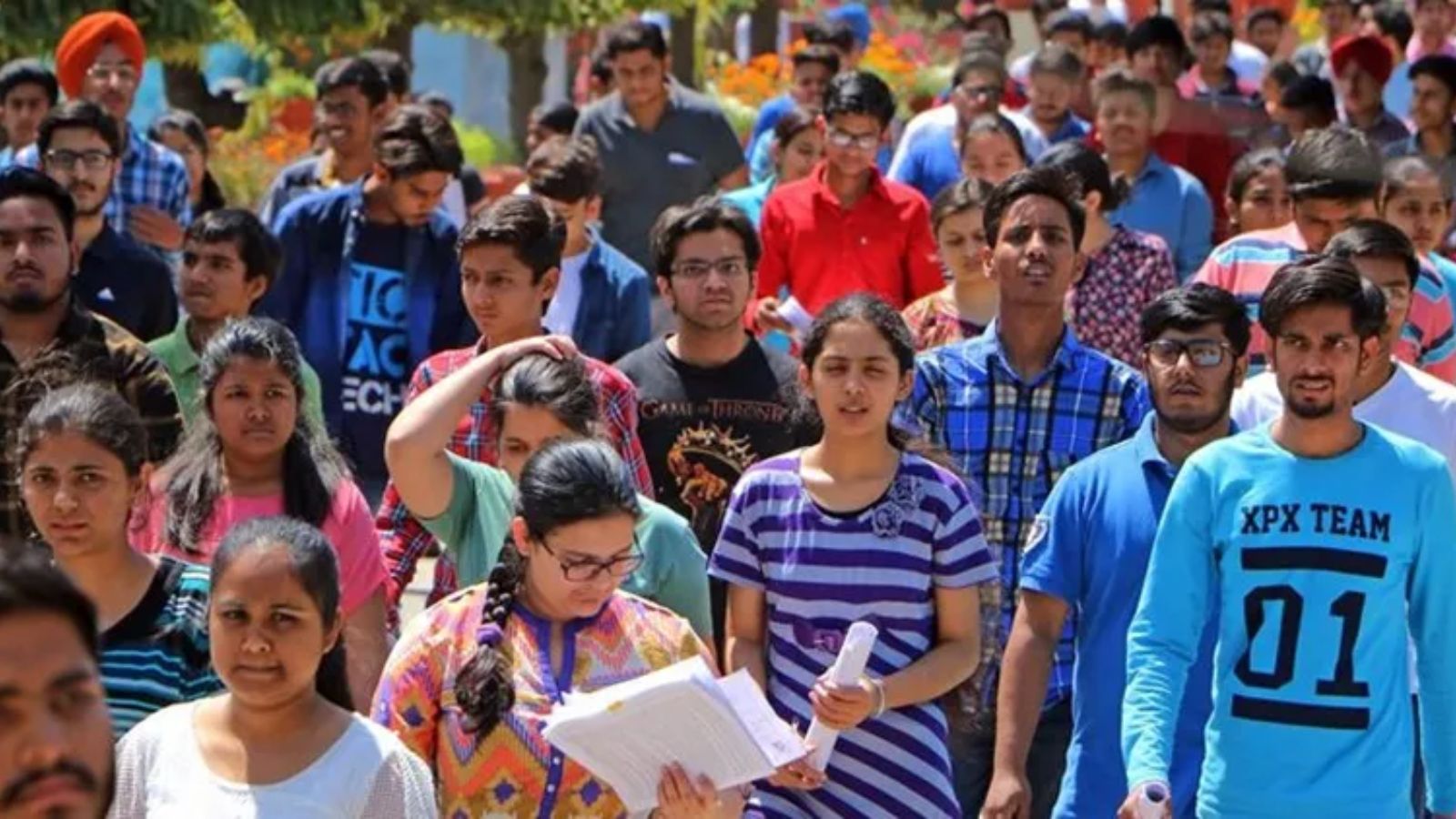The Consortium of National Law Universities (Consortium of NLUs) will conduct the Common Law Admission Test (CLAT) 2023 on December 18. In a first, the consortium had scheduled two tests in 2022. The first session was conducted in May.
Candidates who have passed Class 12 or will appear in the board examination are eligible to apply for UG-CLAT 2022. The application process began on August 8. Candidates intending to appear in the exam can check detailed exam pattern and syllabus below”
CLAT 2023 exam pattern
The CLAT 2023 will be a 2-hour test, with 150 multiple-choice questions carrying 1 mark each. There will be negative marking of 0.25 marks for every wrong answer. These questions would be divided across the following 5 subjects – English language, current affairs, including general knowledge, legal reasoning and logical reasoning and quantitative techniques
CLAT 2023 syllabus
CLAT 2023 would focus on evaluating the comprehension and reasoning skills and abilities of candidates. The CLAT 2023 syllabus will include:
English Language: This section will contain passages of about 450 words each. Each passage will be followed by a series of questions that will require candidates to demonstrate your comprehension and language skills.
General Knowledge: This section will include passages of up to 450 words each. The passages will be derived from news, journalistic sources and other non-fiction writing. The questions may include an examination of legal information or knowledge discussed in or related to the passage, but would not require any additional knowledge of the law beyond the passage.
Legal reasoning: In this section, candidates will be expected to read passages of around 450 words each. The passages may relate to fact situations or scenarios involving legal matters, public policy questions or moral philosophical enquiries
Logical reasoning: The logical reasoning section of the CLAT 2023 will include a series of short passages of about 300 words each. Each passage will be followed by one or more questions
Quantitative techniques: This section of the CLAT 2023 will include short sets of facts or propositions, graphs, or other textual, pictorial or diagrammatic representations of numerical information, followed by a series of questions. You will be required to derive information from such passages, graphs, or other representations, and apply mathematical operations to such information.
!function(f,b,e,v,n,t,s)
{if(f.fbq)return;n=f.fbq=function(){n.callMethod?
n.callMethod.apply(n,arguments):n.queue.push(arguments)};
if(!f._fbq)f._fbq=n;n.push=n;n.loaded=!0;n.version=’2.0′;
n.queue=[];t=b.createElement(e);t.async=!0;
t.src=v;s=b.getElementsByTagName(e)[0];
s.parentNode.insertBefore(t,s)}(window, document,’script’,
‘https://connect.facebook.net/en_US/fbevents.js’);
fbq(‘init’, ‘444470064056909’);
fbq(‘track’, ‘PageView’);






